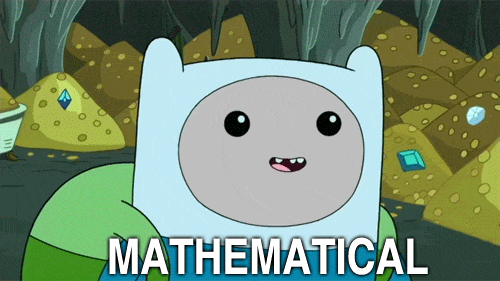We have MathJax
In this meta we discussed, requested, and gathered evidence for the utility of MathJax in RPG.SE posts.
Now it's time to use MathJax
For those familiar with LaTeX it will likely suffice to say that \$ ... \$ are our delimiters ($$ ... $$ for equations centered on their own line), and to let you experiment. Then there's this MathJax reference for your reference, and Math.SE has made a MathJax basic tutorial and quick reference.
Let's put our \$ where our mouths are...
In the previous meta we identified forty-some-odd posts that could benefit from LaTeX treatment. I've copied them below to serve as a punch-list. If you've got five minutes go ahead and edit one, then strike it out on this list. And parse them out over time, to be sure!
List of answers that would might improve with MathJax
[Note: some have found on second pass that an post that looks okay in HTML isn't really worth re-setting into MathJax. I suggest adding "(skipped)" to the end of a link to indicate that the post has been reviewed, but not striking it out in case some later user wants to tilt against that windmill. If you're the original author and think the post should not receive any MathJax I suppose you should either strike it out or remove it wholesale from this list. -nitsua60]

